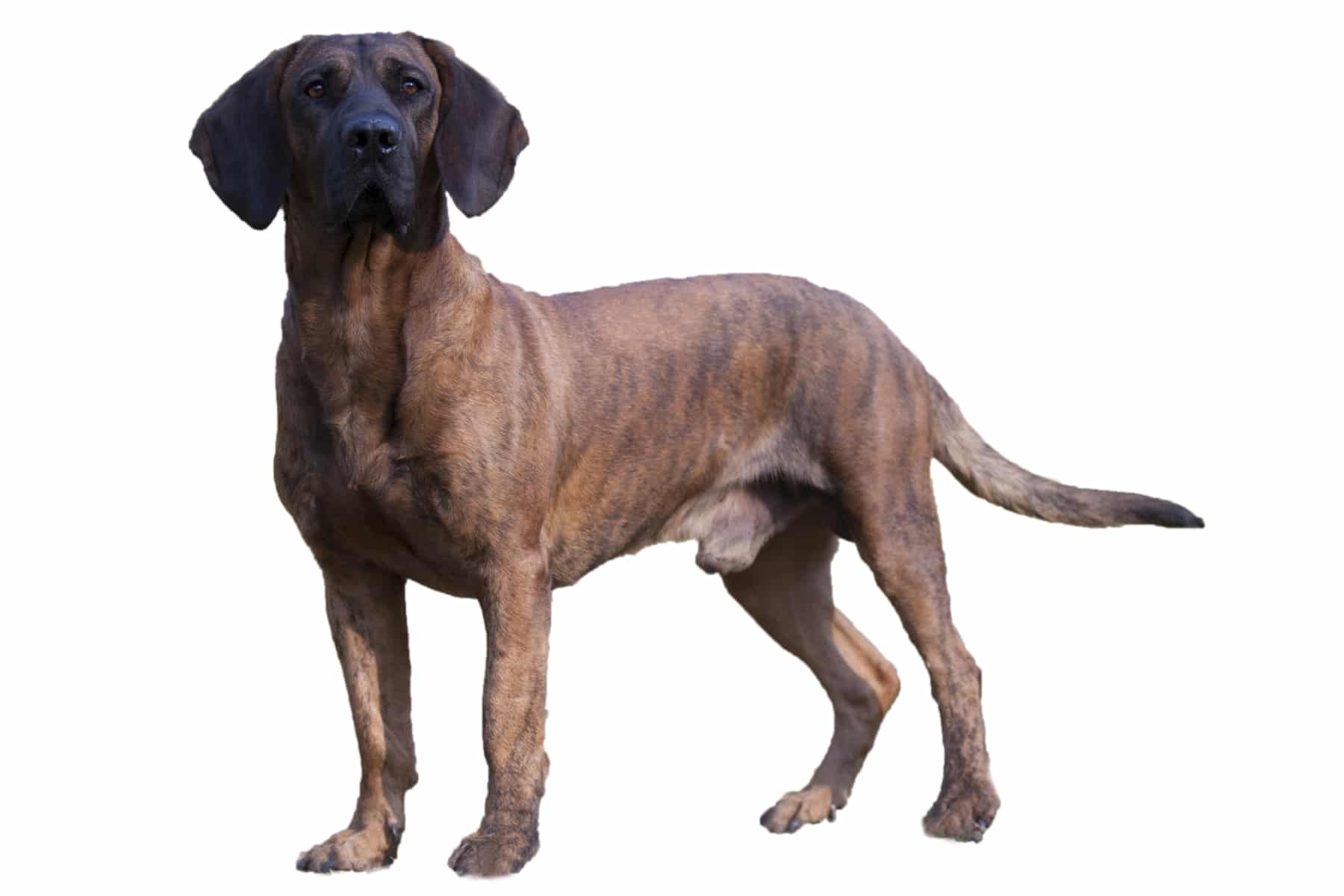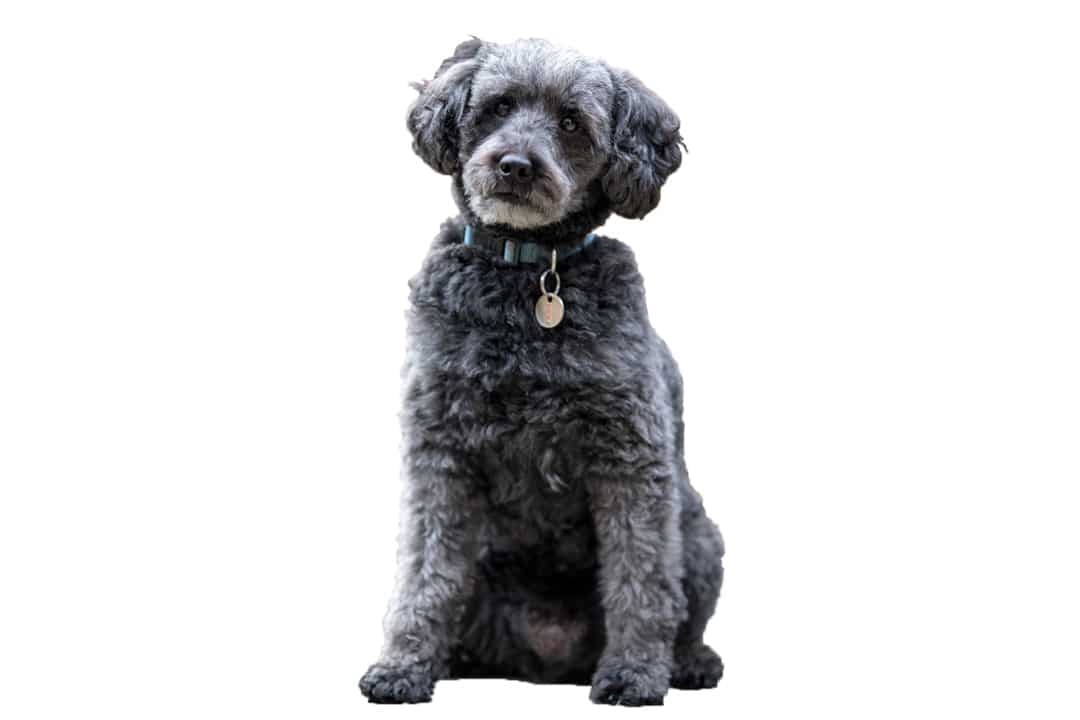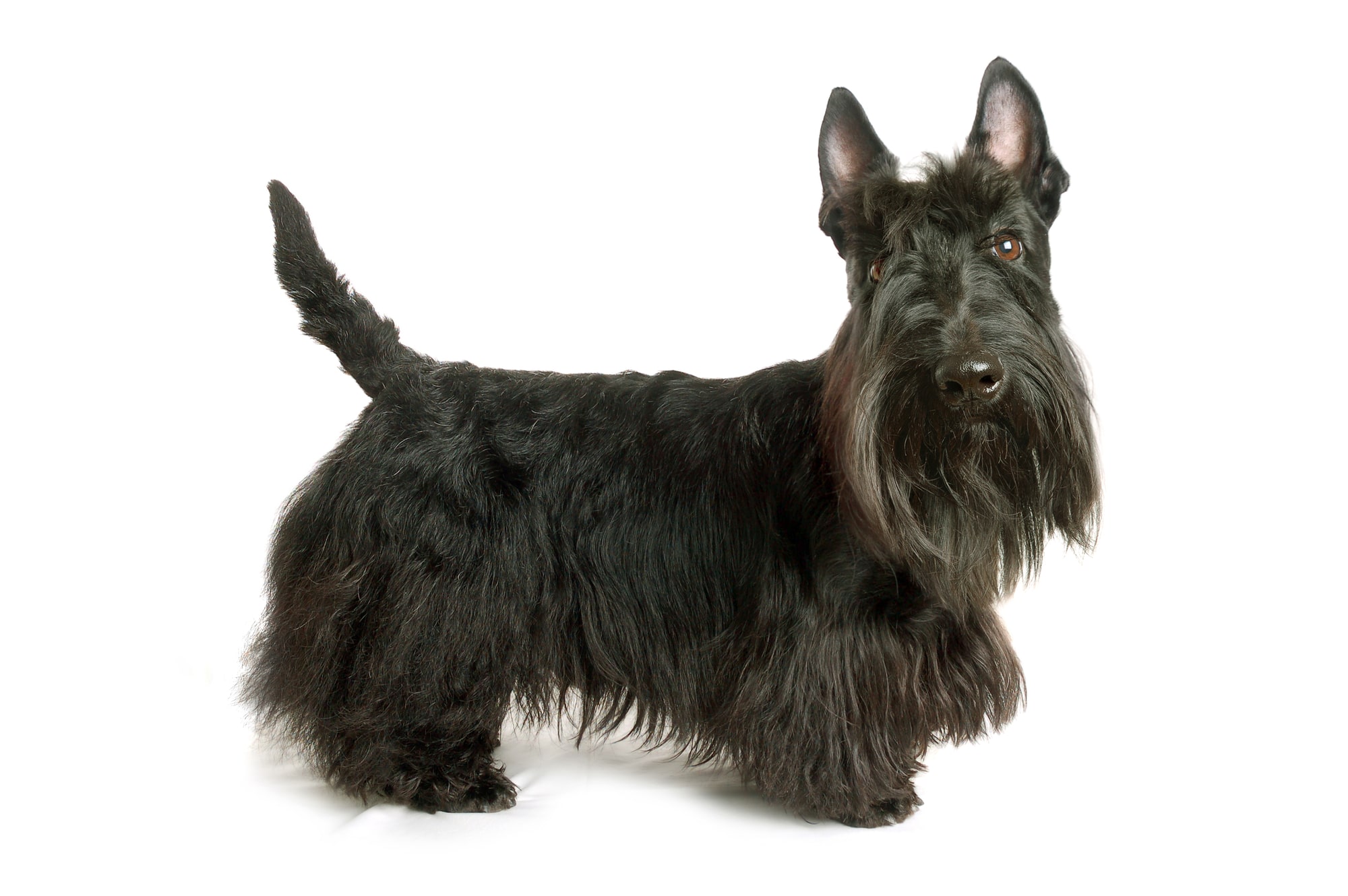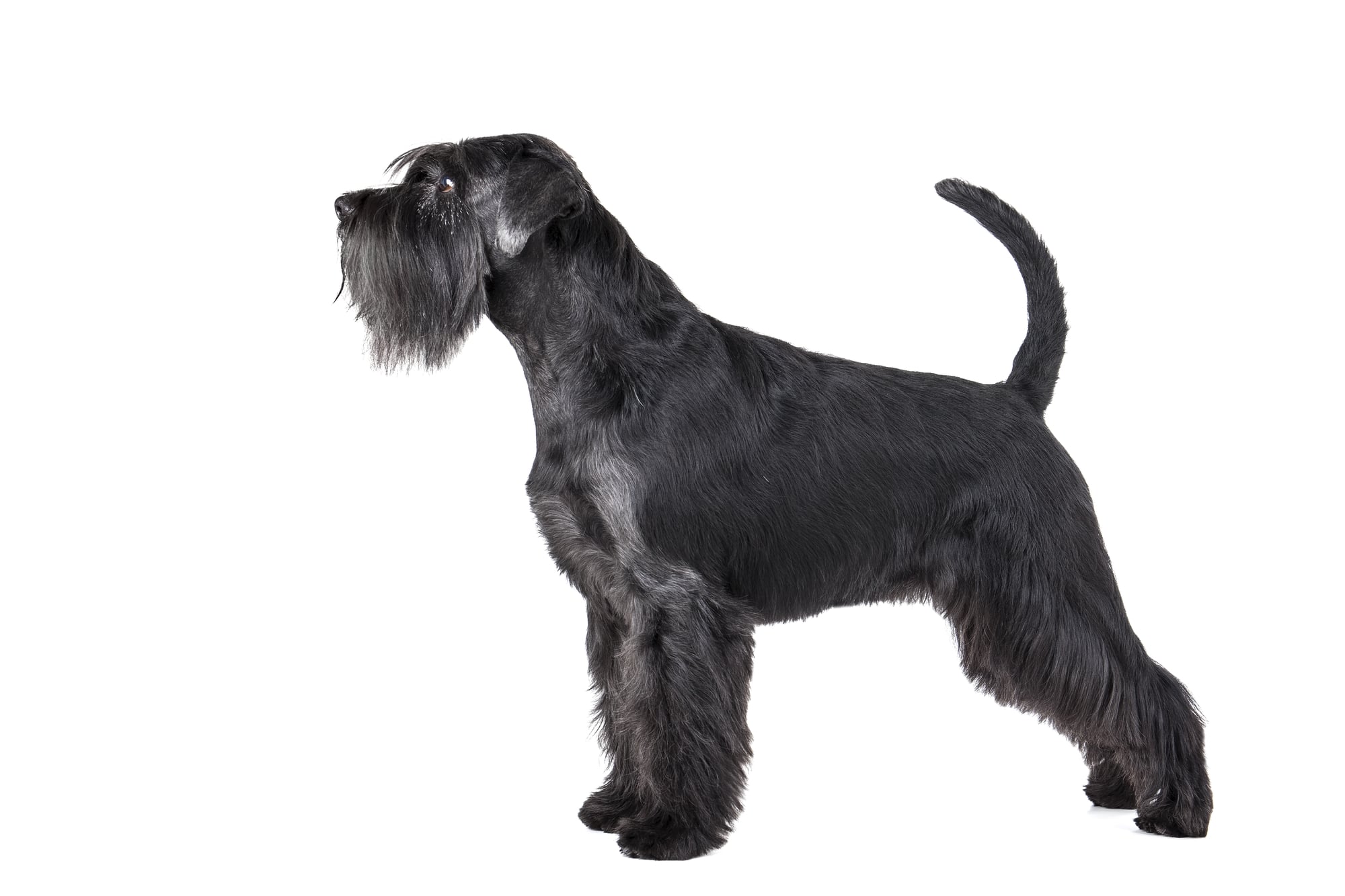German Shorthaired Pointer
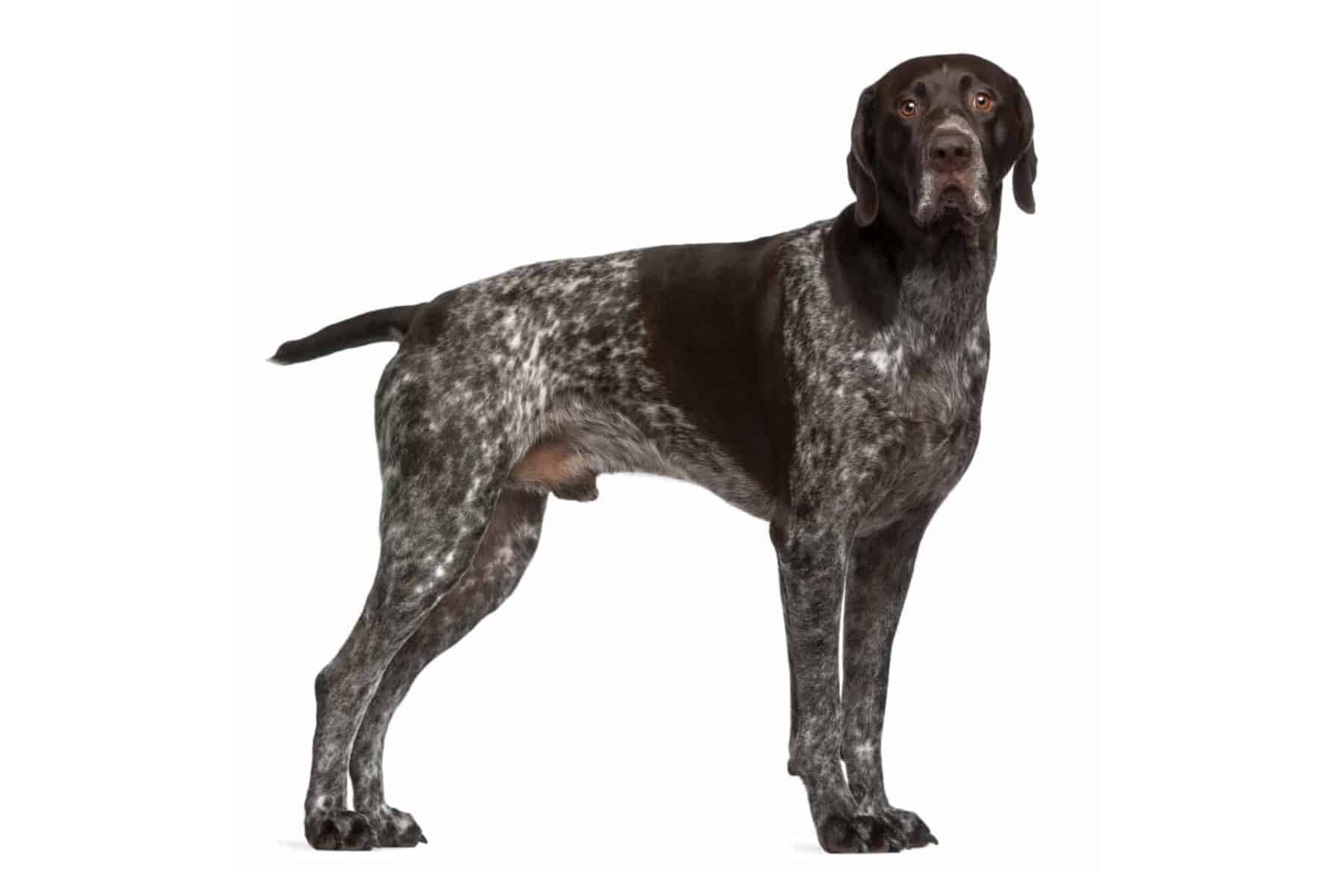
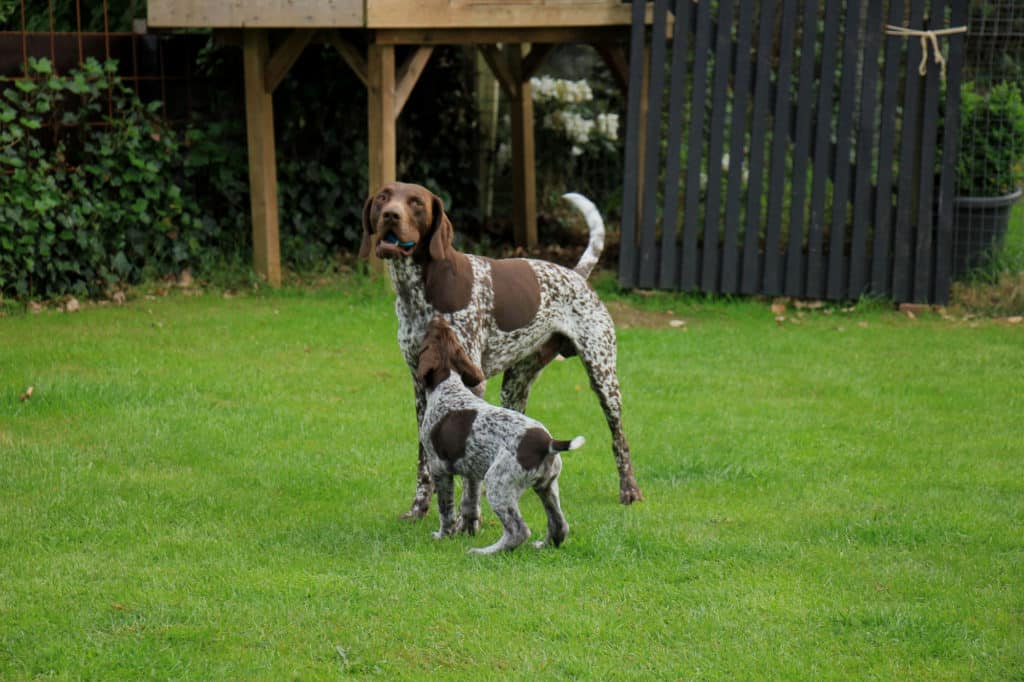
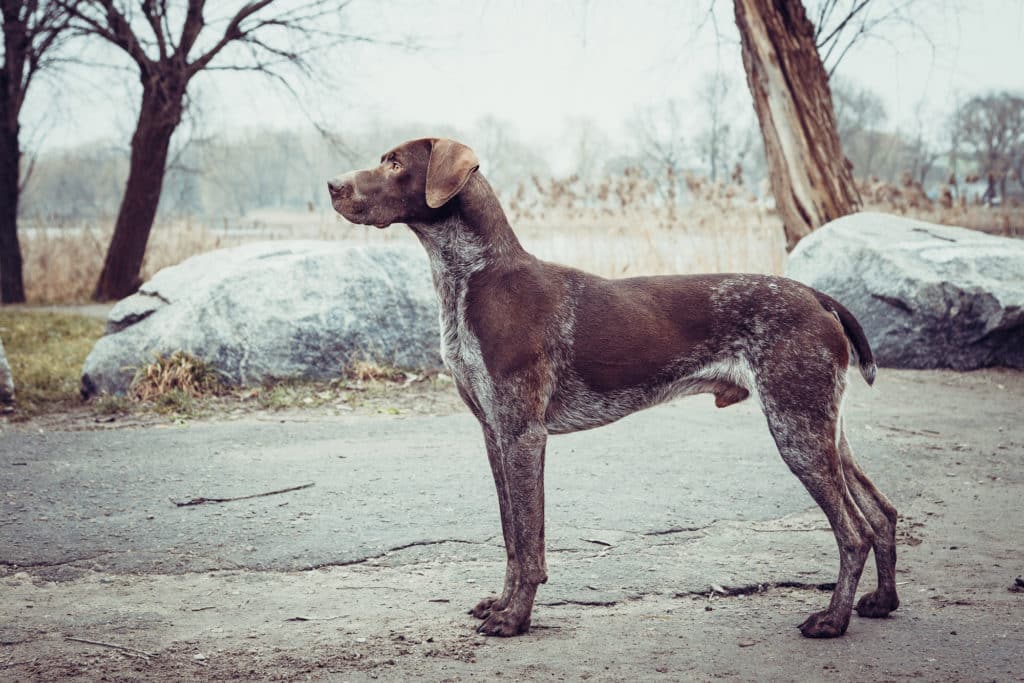
Temperament:
The German Shorthaired Pointer can be found almost everywhere in Germany. Because of its energy and speed, it is often used as a hunting dog. However, it is also suitable as a herding and family dog if you know how to keep it busy.
Characteristics
The German Shorthaired Pointer originally comes from Germany. The breed is recognized by the FCI and belongs to group 7, the pointing dogs.
The coat of the German Shorthaired Pointer can have different colors. The coat color ranges from a solid light brown to dark shades of black. Some dogs have a white base color with brown or black patches. Hard, rough guard hairs grow over the dense undercoat.
The German Shorthaired Pointer is a born hunting dog with a pronounced urge to move. It likes to learn new behavioral structures and is very quick to show training success. However, it also needs the opportunity to "let off steam" every day, otherwise it quickly becomes restless. The German Shorthaired Pointer is therefore more suitable for dog handlers who have experience in dog training.
The German Shorthaired Pointer is a versatile hunting dog. It is considered calm and even-tempered and can wait a long time to be used. It is also hardly afraid of water. It likes to jump into ditches or lakes. Its innate pointing behavior enables it to follow the scent of game without distraction.
The German Shorthaired Pointer is not suitable for kennel keeping. It seeks a bond with its owner and feels much more comfortable in the house. With the right training, it can also be a good family dog. However, this requires that they are given the opportunity to exercise every day.
Walking on a lead is no problem for the German Shorthaired Pointer. He just needs consistent and sensitive guidance from you. If the basis of trust is right, he will not leave your side, even off the lead. He is not submissive, but he knows the hierarchy and his place in it.
Coat care:
Shedding:
Energy level:
Trainability:
Children suitable:
The right food
The German Shorthaired Pointer is very uncomplicated in its diet. It tolerates both normal dry food and wet food. As with most large dog breeds, the German Shorthaired Pointer is at risk of stomach torsion. To avoid this, it is important that the dog takes a rest after meals.
When choosing food, make sure that it contains high-quality ingredients, is balanced and meets your dog's requirements. Age, weight and activity play an important role here. You should follow the manufacturer's recommendations for the amount of food.
Puppies and young dogs tend to grow too quickly if they are fed the wrong food. This can lead to postural problems and pain when moving. To support natural growth, dogs should be given the right food and not be overfed.
An adult German Shorthaired Pointer has a high energy consumption. Accordingly, his food can be more substantial. If he can let off steam every day, he will hardly put on any fat.
Health & Care
The German Shorthaired Pointer is very easy to care for. The short, close-fitting coat is easy to brush and remove coarse dirt. This should be done about once a week. Loose hair can simply be wiped off with a damp cloth.
As shedding is very low, the German Shorthaired Pointer is very suitable for keeping indoors. Even during shedding, hair loss is relatively low compared to other breeds.
If the German Shorthaired Pointer is used as a hunting dog, regular deworming is important. The dog should also be vaccinated to avoid contracting diseases. The ears and eyes as well as the condition of the teeth and gums must also be checked regularly.
As a rule, German Shorthaired Pointers do not need to have their nails trimmed. Dogs wear down their claws naturally when they go outside. Additional trimming is only necessary in rare cases.
There are no breed-specific diseases for the German Shorthaired Pointer. If kept well, the dogs can live to an average age of 13 years. They can work as pointing dogs well into old age.
Suitable accessories
A collar and lead are essential for a young German Shorthaired Pointer. The collar should be wide and fit the dog so that it is not too tight or cuts in anywhere. However, it should also not be too large so that it does not slip over the head.
If a harness is used, care should be taken to ensure that it is adjustable. It should fit both young and adult dogs and not restrict their movements.
If the German Shorthaired Pointer is being trained for hunting, water toys are a good way to get him used to retrieving. Intelligence toys, such as a sniffer mat, help the dog to learn to track.
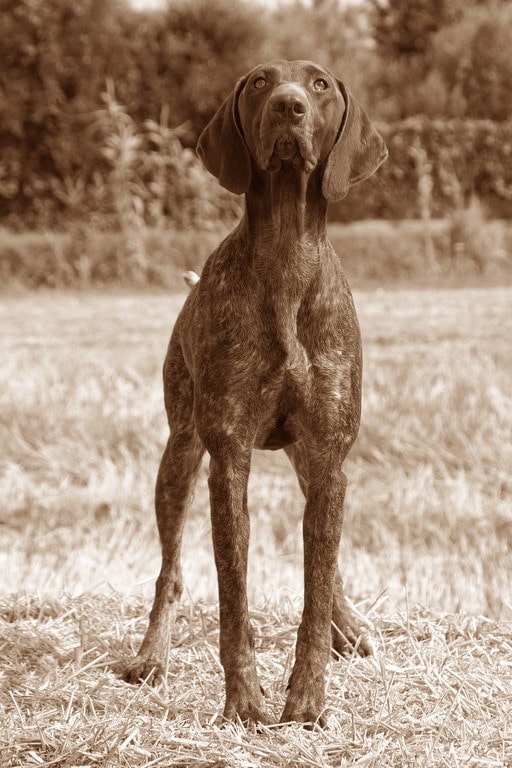
Origin & History
The German Shorthaired Pointer is descended from the Old German Shorthaired Pointing Dog. These pointing dogs originated from the crossbreeding of Bracco Italiano and Bloodhounds. Later, other breeds, such as the English pointer, were also crossed in.
The breed experienced its heyday as a hunting dog in the middle of the 18th century, when the classic driven hunts were replaced by single hunts. Hunters placed different demands on their pointing dogs. They were looking for breeds that remained calm when shot from a shotgun, for example. The animals were not supposed to chase the game, but rather lead the hunters on the right track.
In the 19th century, many crosses were therefore made in order to breed new hunting dog breeds. In addition to the Münsterländer, the Deutsch Drahthaar and the Weimeraner, the Deutsch Kurzhaar breed was also created.
In 1879, an official standard for the German Shorthaired Pointer was established for the first time. The robustness of the breed was defined as the most important characteristic. Compared to today's dogs, the German Shorthaired Pointer was still somewhat sturdier back then.
Today, as in the past, many years of training and a usability test are required to make a German Shorthaired Pointer a hunting dog. Its balanced nature and versatility make it an ideal candidate. There are very few animals that are not suitable for hunting.
